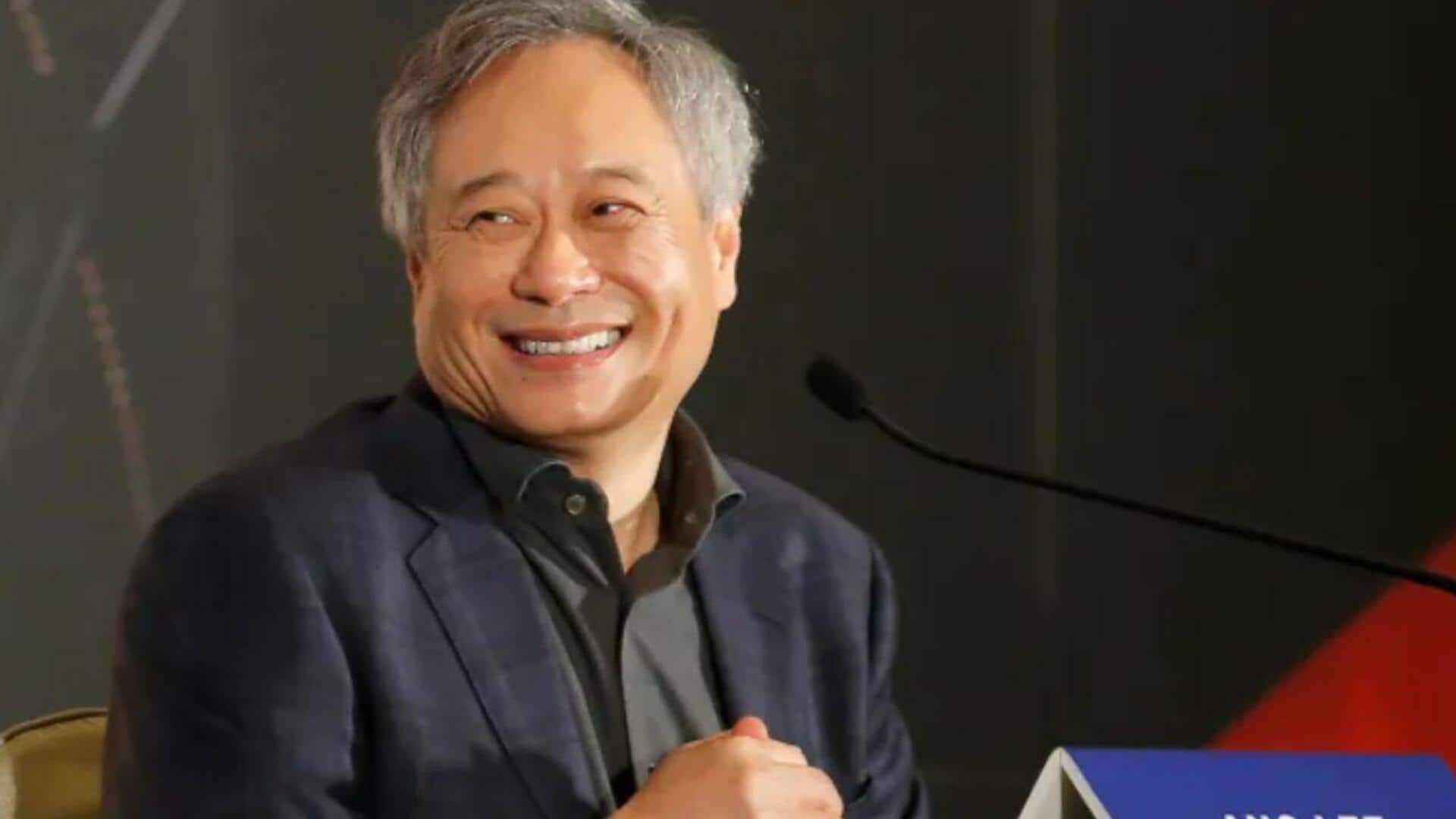
How Ang Lee blends tech with storytelling brilliance
What's the story
We all know Ang Lee is a master creator. The Oscar-winning filmmaker's ability to blend technology with the story is what sets his Hollywood films apart from the rest. His work is often a step ahead of the latest cinematic techniques, resulting in an out-of-this-world experience for the viewers. Here's looking at some of the major ways Lee has nailed it.
#1
'Life of Pi' and visual effects
In Life of Pi, Lee employed state-of-the-art visual effects to give a fantastical tale life. The film's use of CGI was path-breaking back then, enabling seamless integration of real and digital elements. Not only did it add to the visual appeal, but it also aided the narrative, making impossible scenes believable. The film's success showed how tech could be used smartly for storytelling.
#2
High frame rate in 'Billy Lynn's Long Halftime Walk'
In Billy Lynn's Long Halftime Walk, Lee employed high frame rate (HFR) technology, shooting at 120 frames per second. The idea was to make the experience better by reducing motion blur and improving clarity. Despite mixed reviews, it showed Lee's commitment to new technologies in filmmaking. It highlighted his faith in the power of innovation to change the audience's story experiences.
#3
3D technology in 'Gemini Man'
In Gemini Man, Lee used 3D tech with HFR to create an immersive action thriller. The combination enabled the audience to delve deeper into the film's dynamic sequences and intricate details. Using these technologies in tandem, Lee aimed to transcend conventional cinematic boundaries and present a novel take on action storytelling. This effort highlighted his continued quest for technology as a tool for deepening narrative.
Tip 4
Digital de-aging techniques
Lee also experimented with digital de-aging in his movies, most notably in Gemini Man. By employing advanced CGI techniques, he was able to generate a younger avatar of actor Will Smith that can seamlessly share the screen with contemporary characters. This innovation opened up new storytelling avenues by connecting disparate timelines within a single narrative without the need for multiple actors or excessive make-up effects.